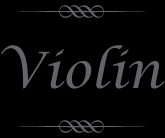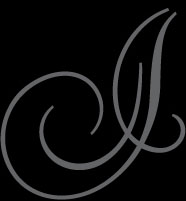
The "voice" of a violin depends on its shape, the wood it is made from, the graduation (the thickness profile) of both the top and back, and the varnish which coats its outside surface. The varnish and especially the wood continue to improve with age, making the fixed supply of old violins much sought-after.
All parts of the instrument which are glued together are done so using animal hide glue, a traditional strong water-based adhesive that is reversible, as glued joints can be disassembled if needed. Weaker, diluted glue is usually used to fasten the top to the ribs, and the nut to the fingerboard, since common repairs involve removing these parts.
